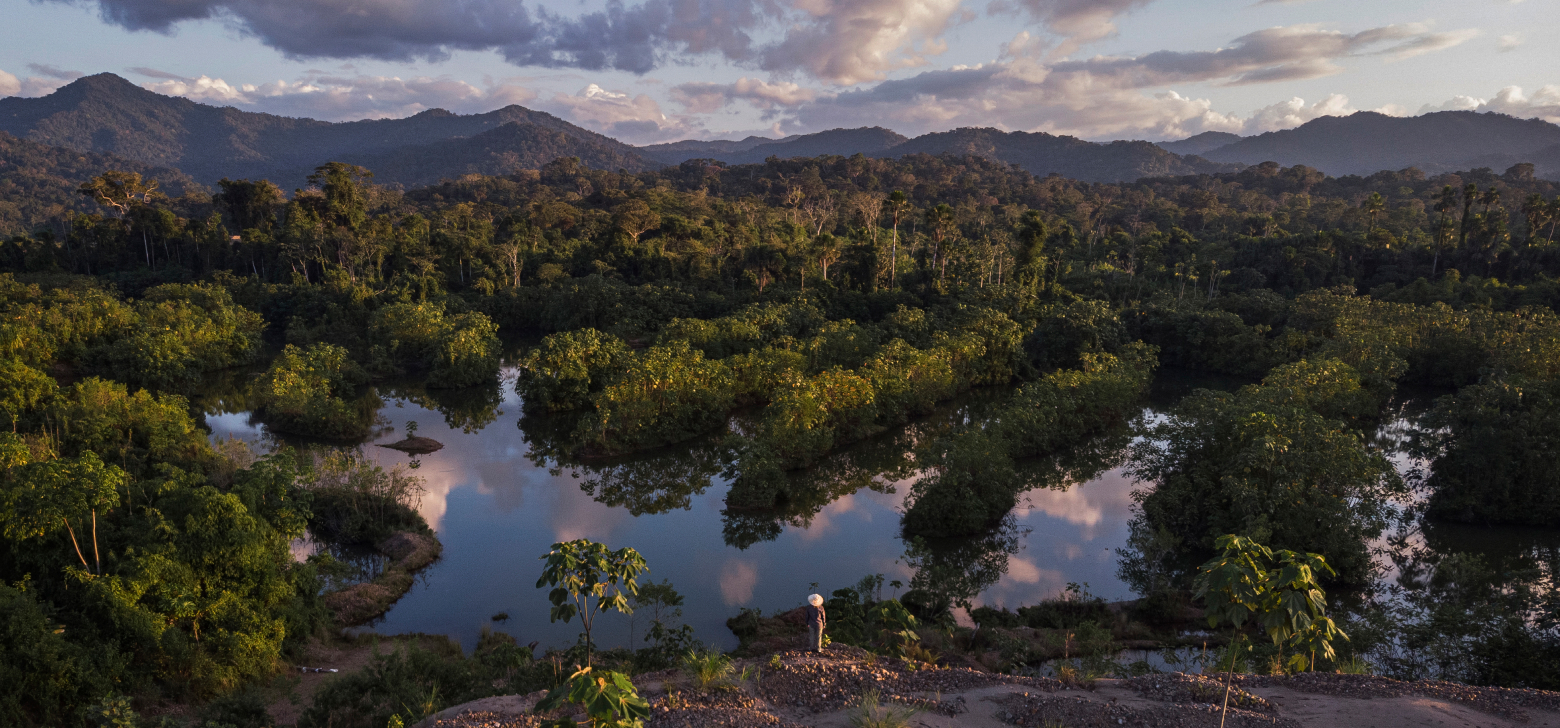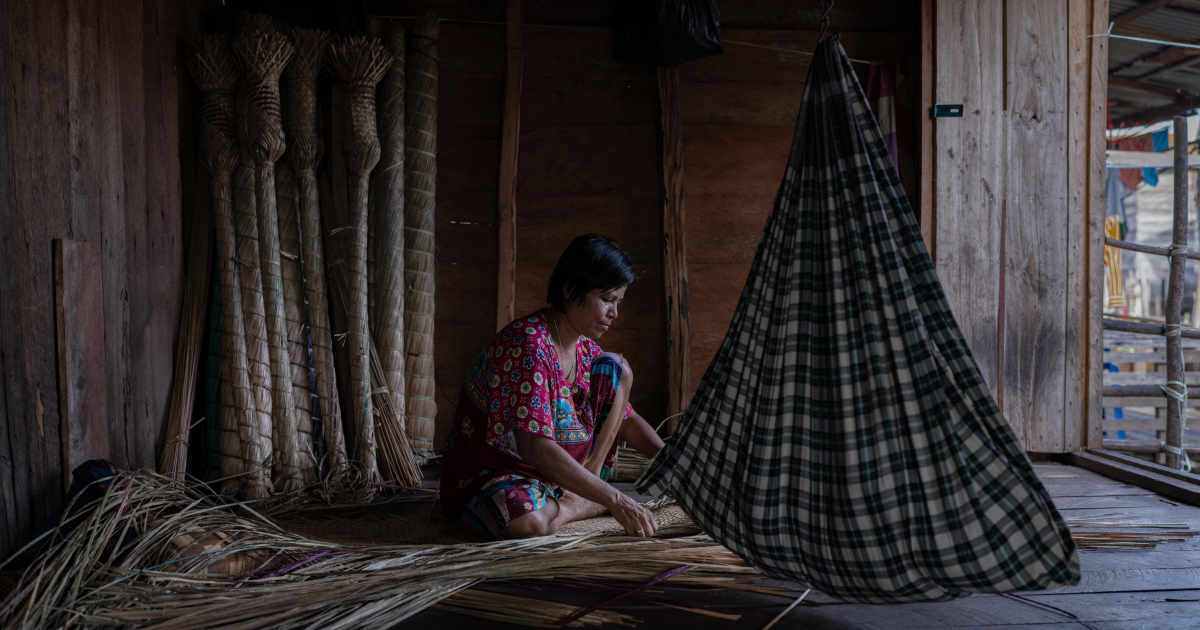Last year, The Climate Pledge teamed up with the National Geographic Society to support 15 National Geographic Explorers over three years (2022-2024) to document the global climate crisis through authentic storytelling, while illuminating the most pressing challenges, the solutions that can protect the wonder of our planet, and the communities on the frontlines. This collaboration advances early-career and established storytellers through funding, training, and the exposure necessary to drive awareness of their stories about the global climate crisis.
To commemorate World Peatlands Day today, June 2nd, we sat down with Luján Agusti, an Argentinian visual storyteller and National Geographic Explorer, to learn about the work documenting peatlands around the world.














